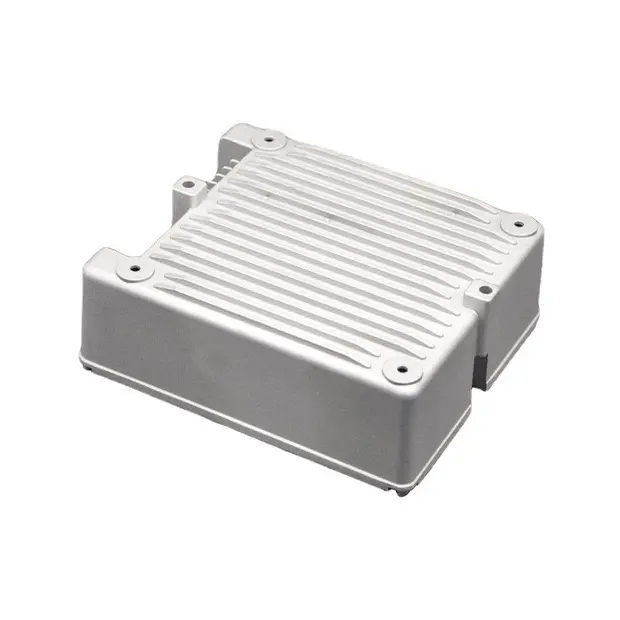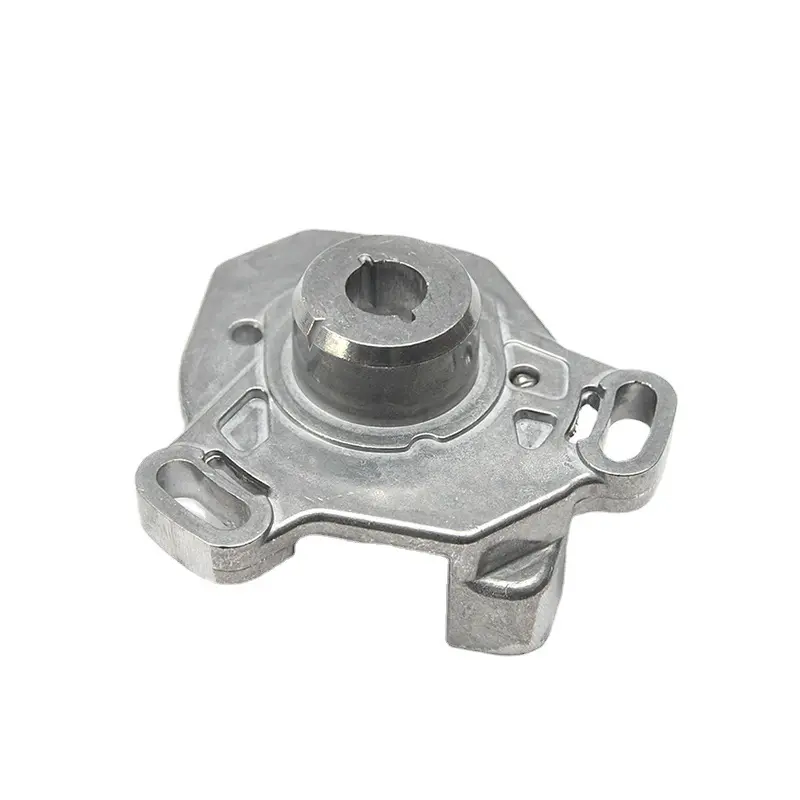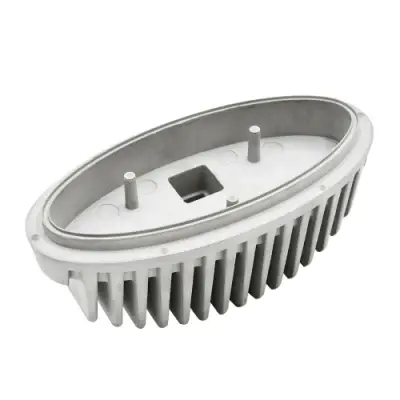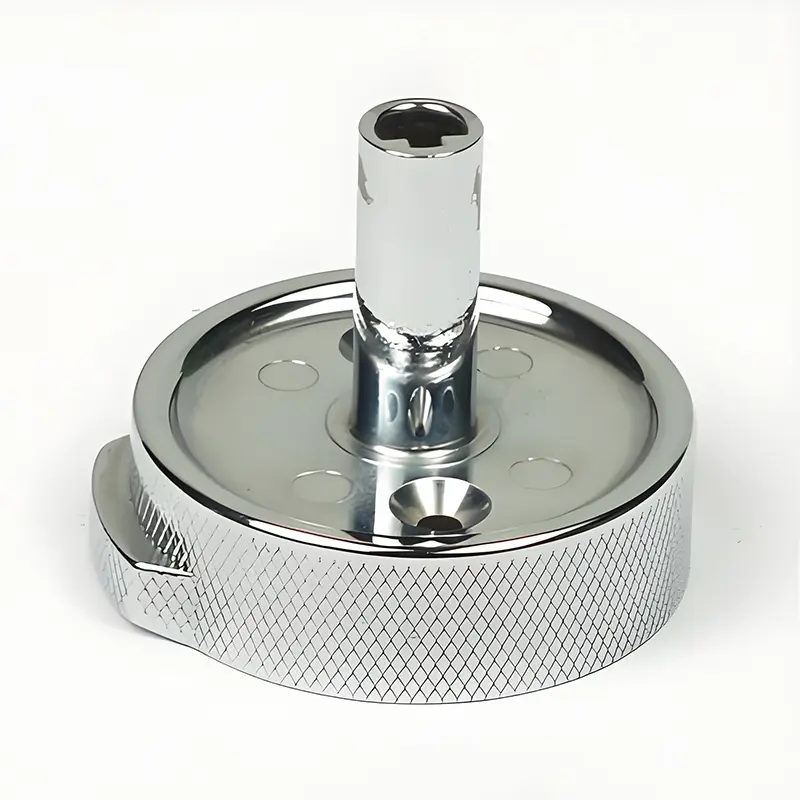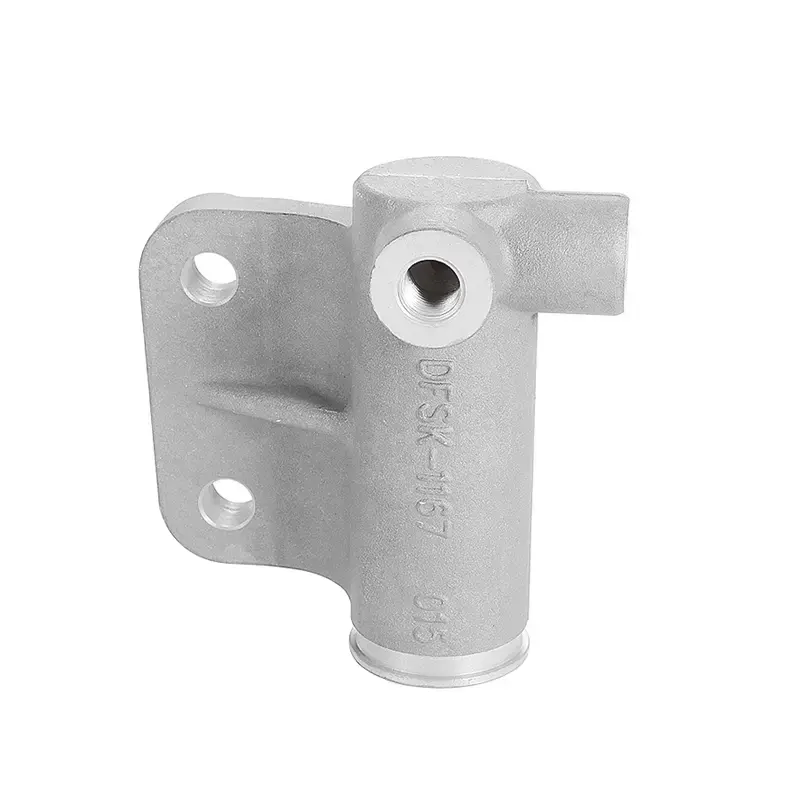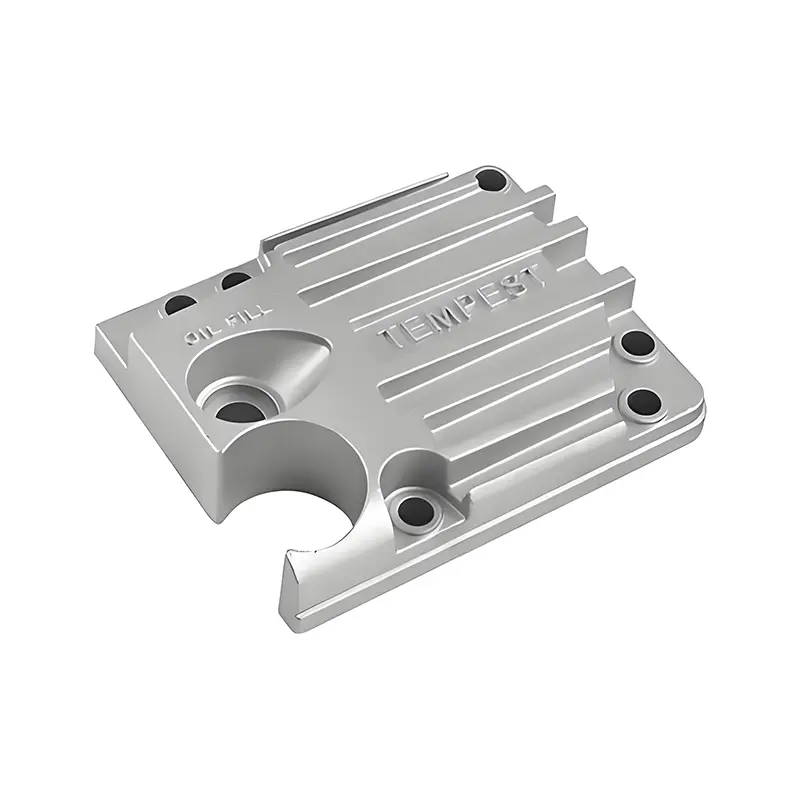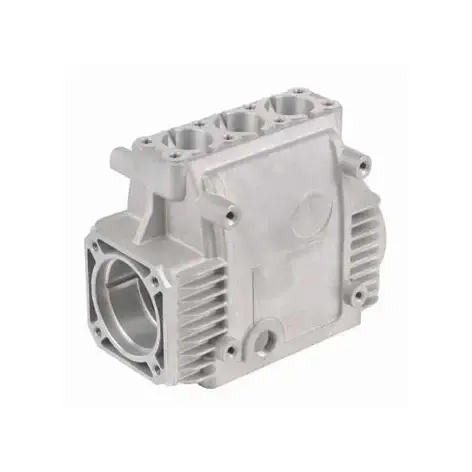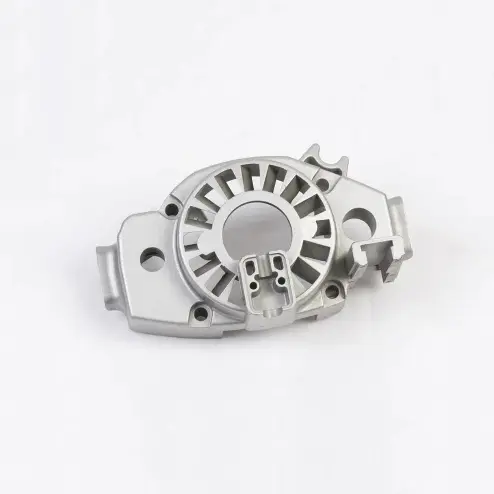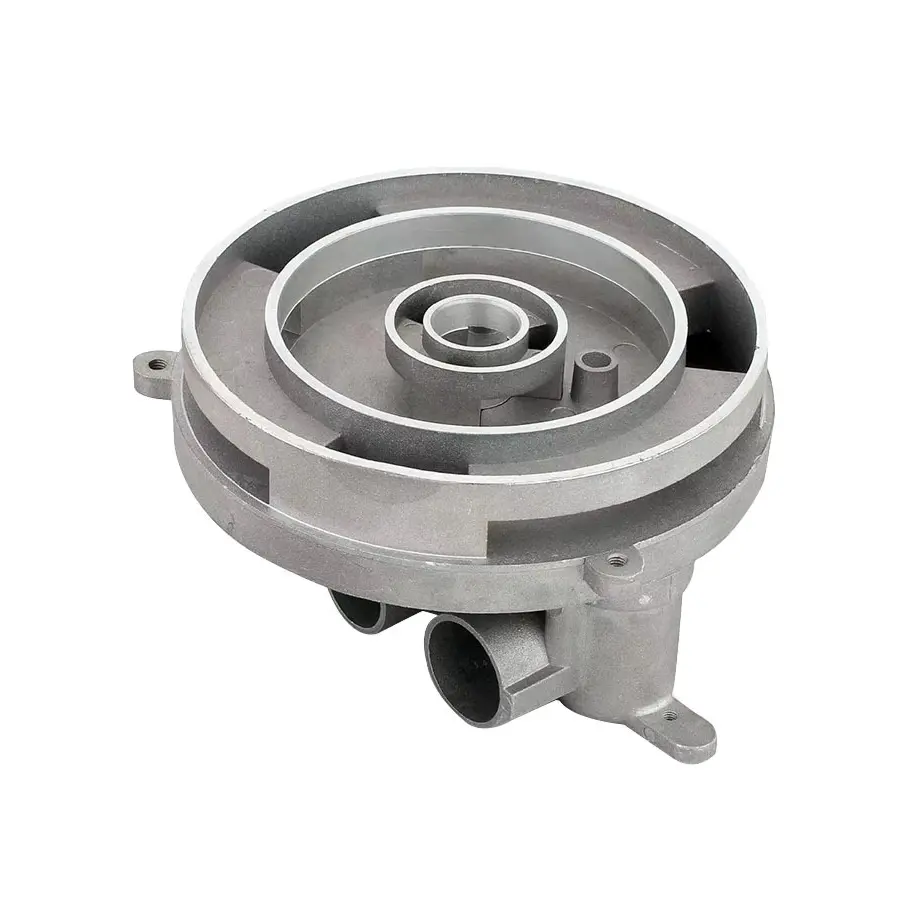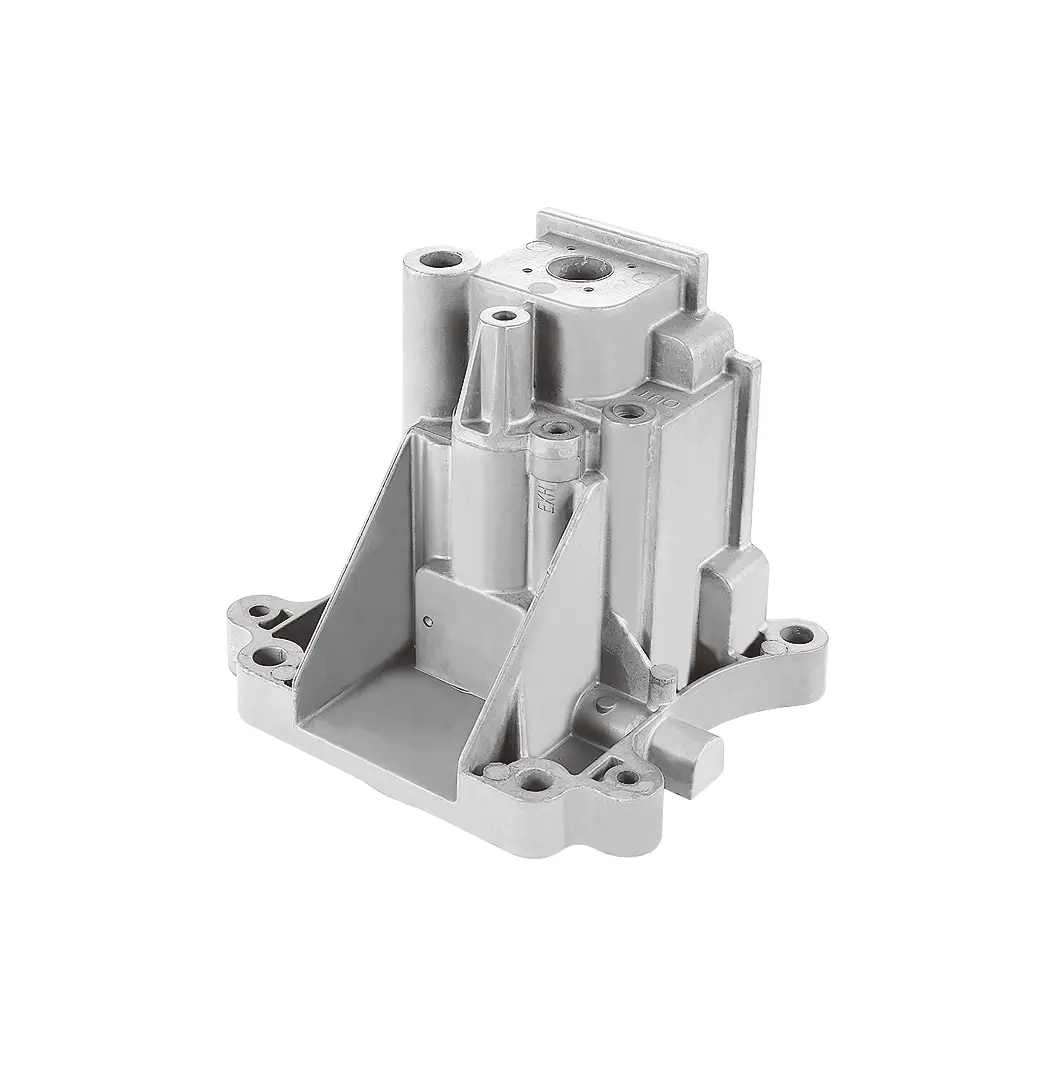 +86-13516964051
+86-13516964051 How High-Pressure Die Casting (HPDC) Improves Material Utilization
How High-Pressure Die Casting (HPDC) Improves Material Utilization
In modern manufacturing, high-pressure die casting (HPDC) is a highly efficient metal forming process widely used for its high production efficiency, high dimensional accuracy, and excellent surface quality. However, improving material utilization has always been a focus of industry attention.
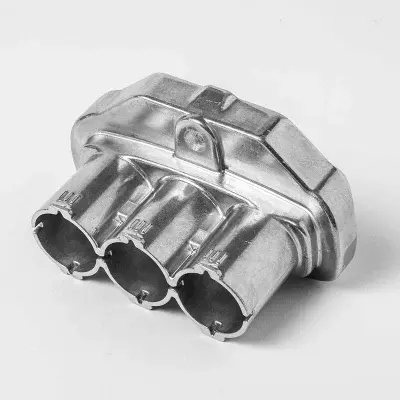
I. Overview of the High-Pressure Die Casting Process
High-pressure die casting is a casting process in which molten metal is rapidly injected into a mold cavity under high pressure and solidified under pressure. Its core advantage lies in its ability to produce complex, thin-walled parts with high dimensional accuracy. This process is widely used in the automotive, aerospace, and electronics industries. The demand for aluminum alloy high-pressure die castings is particularly increasing with the development of lightweight vehicles and new energy vehicles.
II. Key Factors for Improving Material Utilization in High-Pressure Die Casting
(I) Optimizing Mold Design
Mold design is a key step in improving material utilization. Proper mold design can reduce material waste and improve casting quality. For example, optimizing the design of the gating system and overflow trough can reduce metal loss during the filling process. Furthermore, the use of multi-cavity molds allows the production of multiple parts in a single shot, significantly improving material utilization. (2) Precisely Control Injection Parameters
Injection speed, pressure, and temperature are key parameters in high-Pressure Casting. Precisely controlling these parameters ensures uniform distribution of the molten metal during the mold filling process, reducing the generation of flash and scrap. For example, using a slow filling speed can reduce splashing, while appropriate injection pressure ensures complete filling of the mold cavity, thereby reducing material waste.
(3) Selecting the Right Material
Aluminum alloys are the preferred material for high-pressure casting due to their lightweight, high strength, and good thermal conductivity. By optimizing the alloy composition and adding trace elements, the material's fluidity and thermal cracking resistance can be improved, thereby reducing scrap rates. For example, Al-Si alloys can improve casting properties while maintaining strength through the micro-addition of elements such as Cu, Mg, Zn, and Mn.
(4) Utilizing Advanced Equipment and Technology
Advanced die-casting equipment and technology can significantly improve material utilization. For example, vacuum die-casting technology can reduce porosity in castings, improve the density and strength of castings, and thus reduce scrap rates. Furthermore, the use of automated and intelligent die-casting island systems can improve production efficiency and quality consistency.
III. Specific Methods for Improving Material Utilization in High-Pressure Casting
(I) Optimizing the Gating System
The design of the gating system directly affects the filling efficiency of the molten metal and material utilization. A reasonable gating system can reduce molten metal loss during the filling process and improve material utilization. For example, using multi-point pouring can ensure even distribution of the molten metal, reducing flash and scrap.
(II) Reducing Flash and Scrap
Flash and scrap are common forms of material waste in high-pressure casting. Flash can be reduced by optimizing mold design and injection parameters. For example, using slow filling speed and appropriate injection pressure can reduce molten metal splashing, thereby reducing flash. Additionally, regular mold cleaning and equipment inspection can ensure a stable production process and reduce scrap rates.
(III) Improving Mold Life
The mold life directly affects production costs and material utilization. By optimizing mold materials and heat treatment processes, the mold's wear resistance and thermal stability can be improved, extending its life. For example, using high-quality mold steel and advanced heat treatment techniques can significantly extend mold life. (IV) Adopting Advanced Post-Processing Technologies
Post-processing technologies such as deburring, cutting, and grinding can improve the surface quality and dimensional accuracy of castings and reduce scrap rates. For example, the use of automated deburring equipment can improve production efficiency and quality consistency.
IV. Case Studies on High-Pressure Casting to Improve Material Utilization
(I) Automotive Parts Production
In automotive parts production, high-pressure casting is widely used in the manufacture of components such as engine blocks, transmission housings, and body structures. For example, Tesla uses integrated die-casting technology to combine multiple independent components into a single large casting, significantly reducing the number of parts and weld points and improving material utilization.
(II) Communications Equipment Manufacturing
In communications equipment manufacturing, high-pressure casting is used to produce components such as 5G base station structural components and shielding covers. By optimizing mold design and injection parameters, material waste can be reduced and production efficiency improved.
(III) Electronic Equipment Manufacturing
In electronic equipment manufacturing, high-pressure casting is used to produce components such as electronic housings and heat sinks. By selecting appropriate materials and optimizing process parameters, the surface quality and dimensional accuracy of castings can be improved, reducing scrap rates.
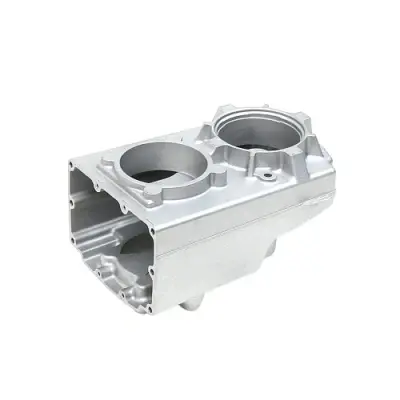
V. Future Development Trends in High-Pressure Casting to Improve Material Utilization
(I) New Material Research and Development
With the continuous advancement of technology, the research and development of new materials will bring more possibilities to high-pressure casting. For example, the application of high-strength and toughness aluminum alloys and heat-treatment-free aluminum alloys will further improve the performance and material utilization of castings.
(II) Intelligent Production
Intelligent production will become a key development direction for high-pressure casting. By introducing the Internet of Things and big data analysis, parameters such as temperature and pressure can be monitored in real time during the production process, optimizing process parameters and improving production efficiency and quality stability.
(III) Sustainable Development
Sustainable development will become a key goal of high-pressure casting. By optimizing process flows and equipment applications, energy consumption can be reduced, waste generation can be minimized, and green manufacturing can be achieved.








